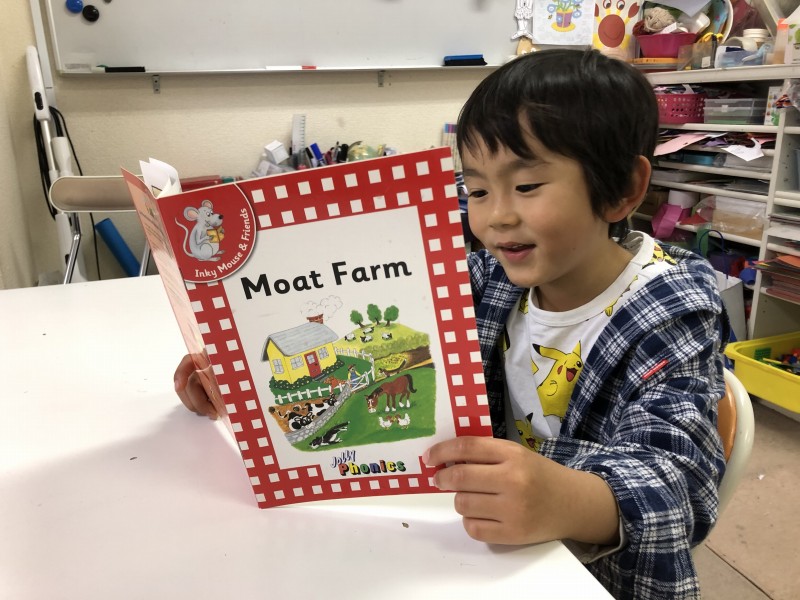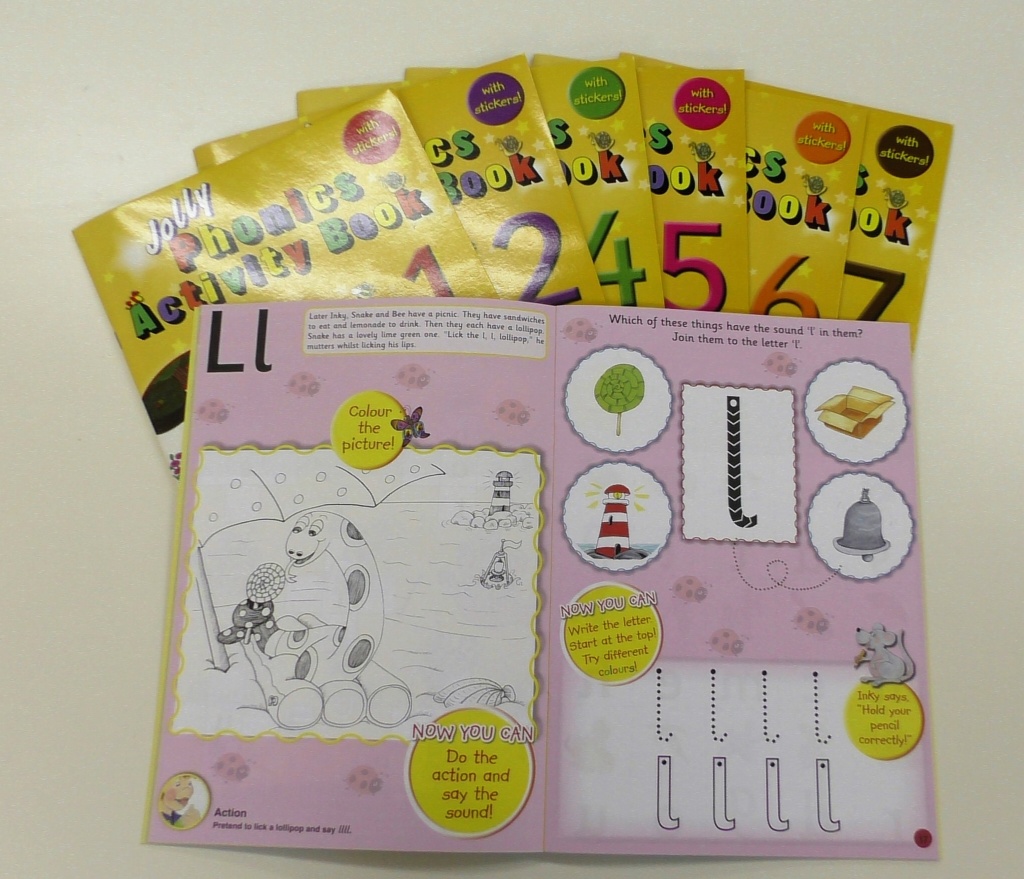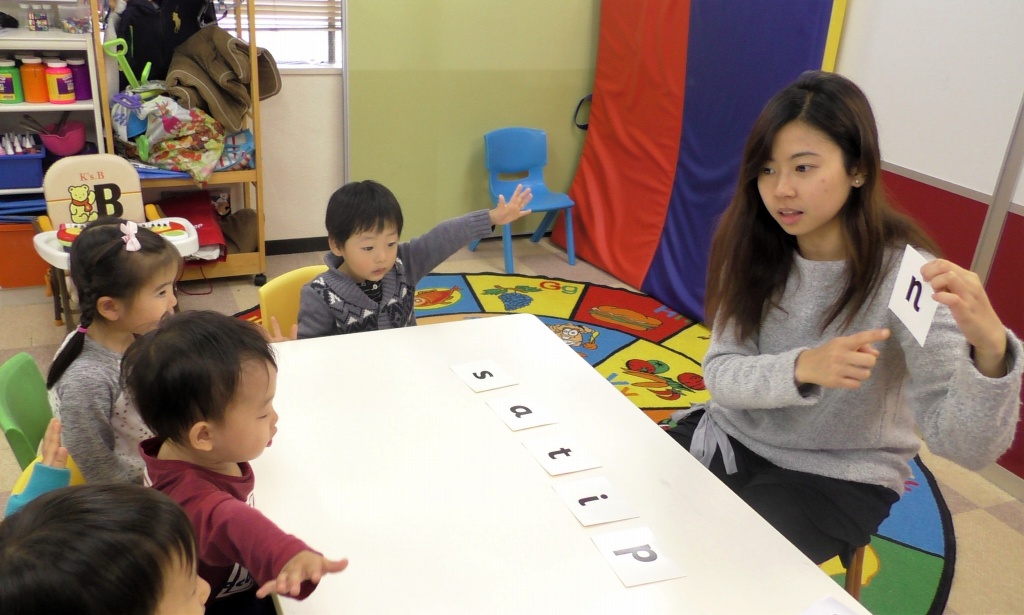About Jolly Phonics
As a student at Cambridge International School your child is automatically enrolled in our Jolly Phonics programme.
Jolly Phonics is the primary literacy program used at Cambridge and is a thorough foundation for reading and writing. It uses the syntheic phonics method of teaching the letter sounds in a way that is fun and multi-sensory.
The program features direct, daily, systematic teaching, and children learn how to use the letter sounds to read and write words.
The program covers letter–sound correspondences, blending for reading, segmenting for writing, letter formation and tricky words.


Synthetic-phonics begins by teaching letters and their corresponding sounds and each phoneme, each letter, is important in this process.
Once the child has learnt a few of these then they begin to sound out the letters of a word and blend or synthesise these together in a sequence.
In doing so, the child produces the pronunciation of the word and this synthesising is essential for working out unknown words and to be able to read.
Once words have been blended a few times they can be read on sight.
At the same time, emphasis is also placed on the ability to break words down into individual sounds.
For example, the learner wants to spell and write the word run and so breaks the word into its component sounds – r, u, and n.To spell or write a word it is necessary to know the letter(s) corresponding to the sound of the word.
“I want to spell run, what sounds (phonemes) can I hear, and what letters (graphemes) are those sounds represented by?”
This involves the breaking down of words into their constituent sounds (segmenting) in order to spell and write the word and is the reverse phonic skill to blending.
Thus, children learn that the alphabetic code is reversible, if you can read a word you can spell it.


As the child learns to identify all the phonemes and corresponding graphemes, and they are able to progress quickly at four new sounds a week, their understanding and use of the alphabetic code expands so that they can both decode and encode in order to read and spell.
Good readers for example, use their knowledge of the alphabetic code and digraphs to sound out the letters when they encounter difficult or unknown words.
As children practice their blending skills, care is also taken to ensure that they can segment words in order to spell and write.
As Jolly Phonics has been designed to be a flexible program, we would like to ask you the parent to help your child where possible.
Parental support is important as children benefit from extra practice at home which helps lead to fluency in reading and helps your child manage better at school.
Children also benefit from plenty of praise and encouragement whilst learning.
Much of the material we use in school is also well suited to use at home.We provide the materials for your child to bring home and you should be guided by the pace at which your child wants to go.
If you are interested in additional materials we can also show you how to access these learning materials when needed.
 Learn phonics the same way as a native speaker
Learn phonics the same way as a native speaker
Synthetic phonics is vital for children to learn how to read and write!
We use a multi-media approach in a systematic way and they progress from letter sounds, CVC words, blends and digraphs, phrases, tricky words, to sentences and full stories.
Contact Us
Cambridge School

Either Japanese or English is acceptable
Weekdays from 9:00 a.m. to 6:30 p.m


